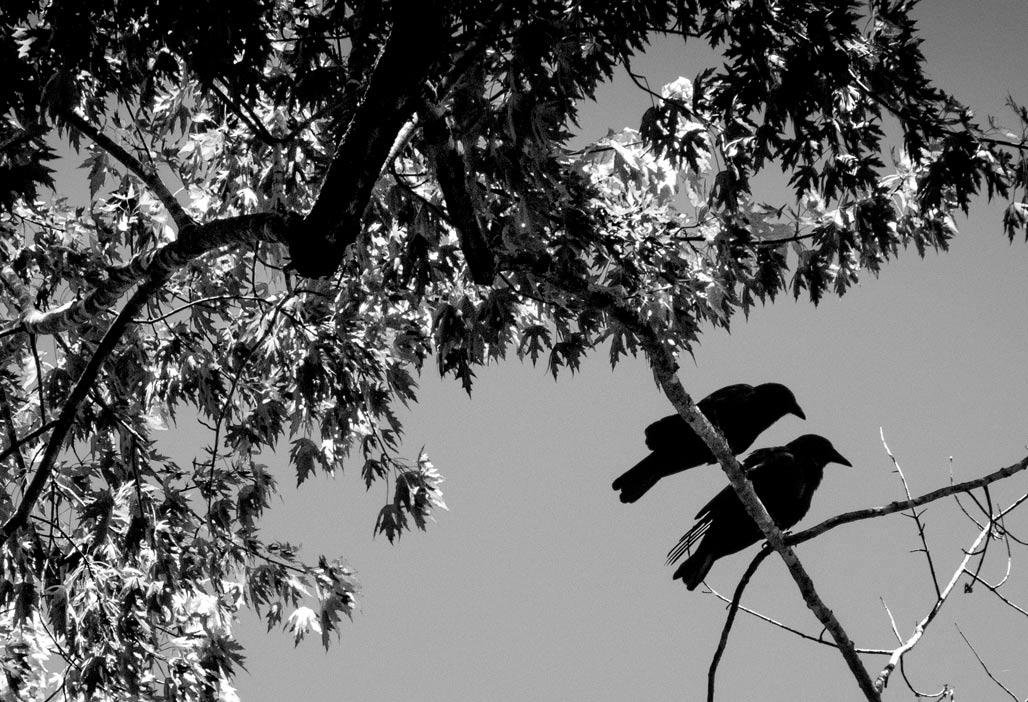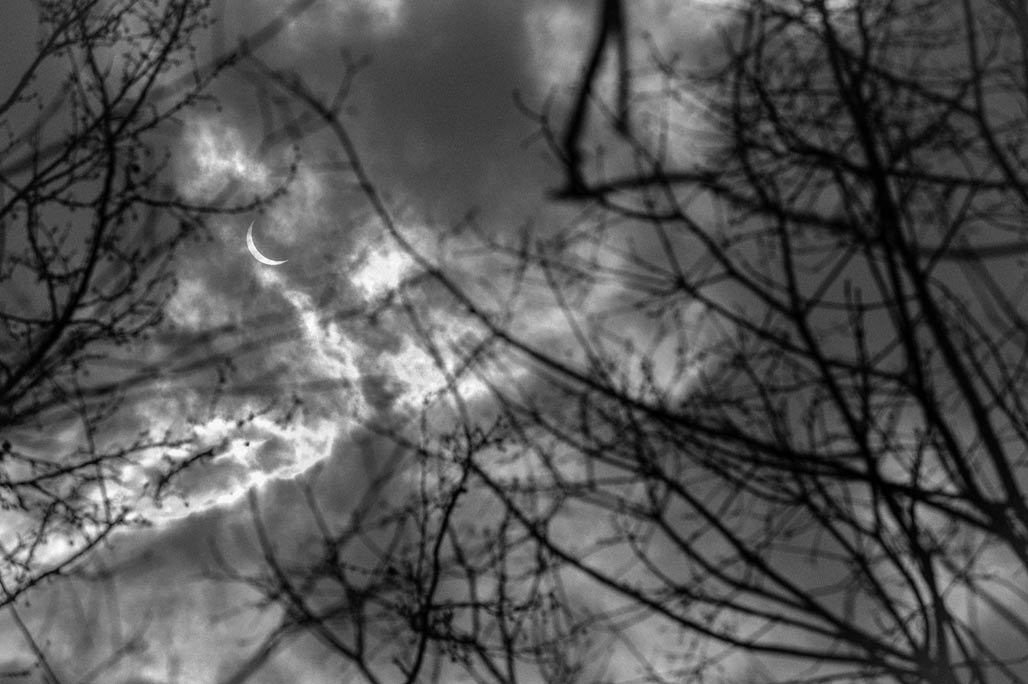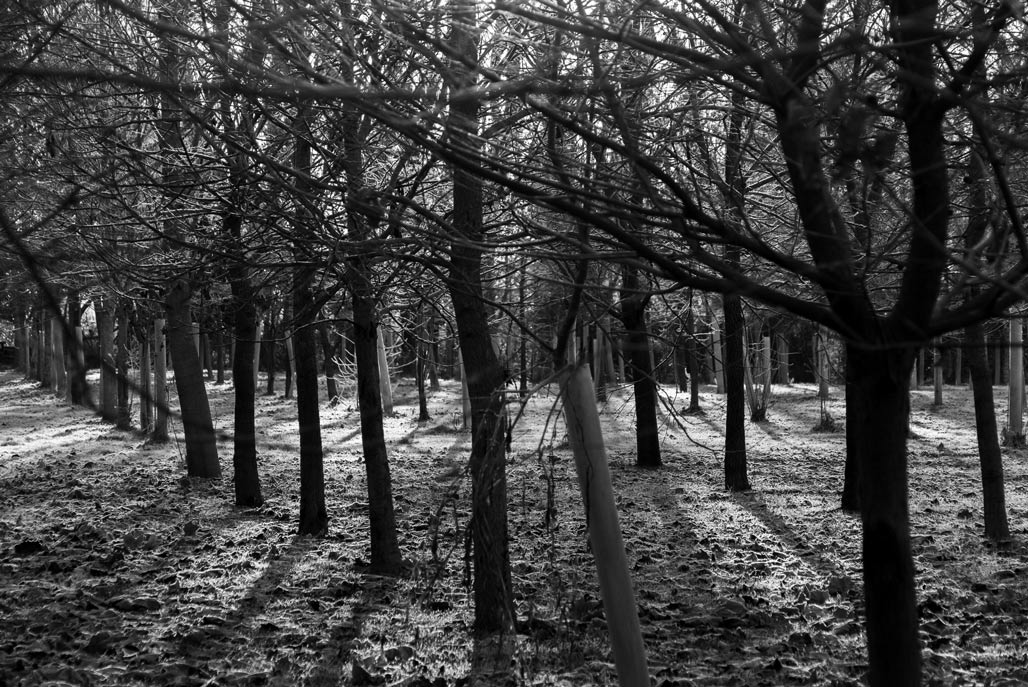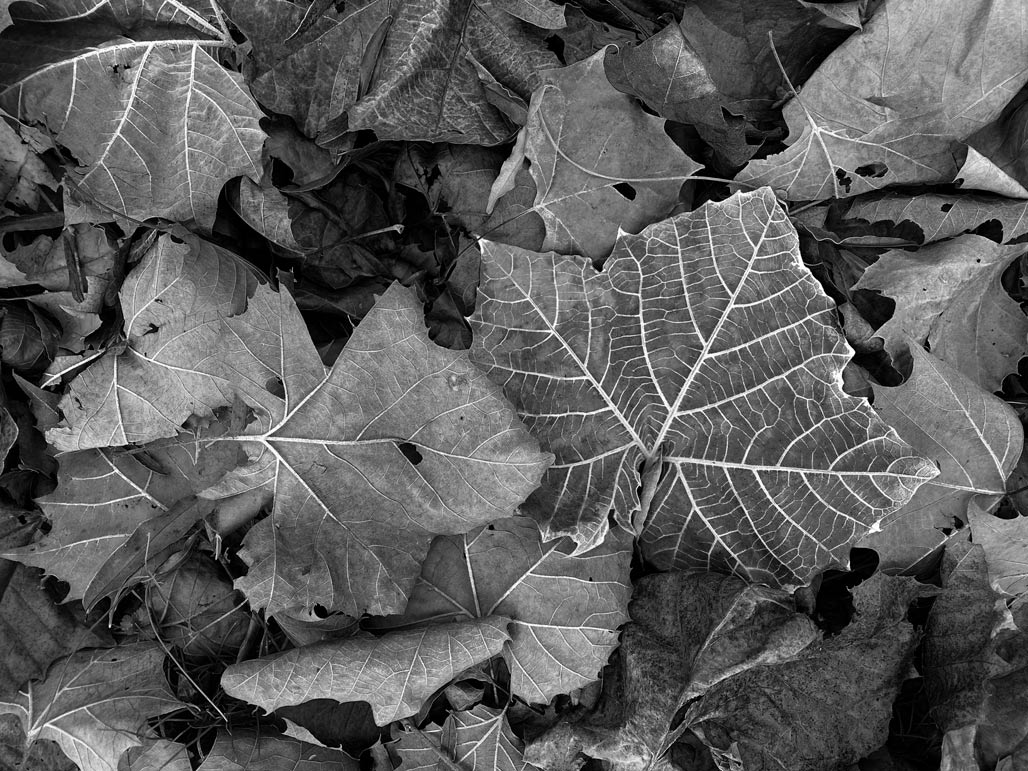
silver maple crow flight

photography from the Chesapeake Bay watershed by Bill Emory







Platanus occidentalis, also known as American sycamore, American planetree, western plane, occidental plane, buttonwood, and water beech, is a species of Platanus native to the eastern and central United States, the mountains of northeastern Mexico, extreme southern Ontario,and extreme southern Quebec. It is usually called sycamore in North America, a name which can refer to other types of trees in other parts of the world. The American sycamore is a long-lived species, typically surviving at least 200 years and likely as long as 500–600 years.–Wikipedia


